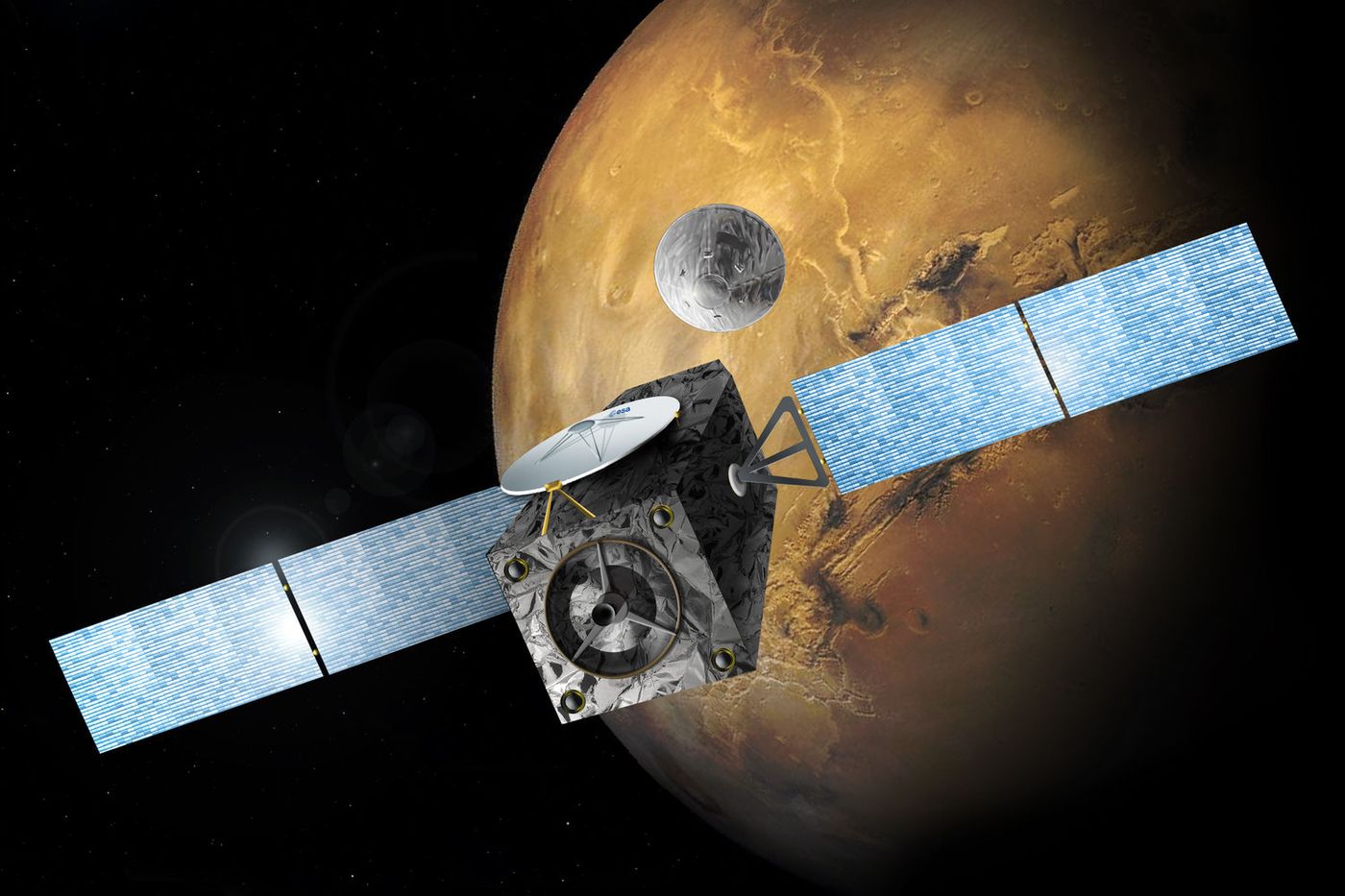ESA's ExoMars Trace Gas Orbiter Makes Rocket Maneuver
The European Space Agency (ESA) has announced this week that it has made its first major rocket burn maneuver for the ExoMars Trace Gas Orbiter mission since its launch in March of this year. The mission is a joint effort between the ESA and Roscosmos.

Image Credit: ESA
The process was required to better align the spacecraft’s trajectory to ensure that it meets up with its target as smoothly as possible. This is because scientists can only guess the best possible launch trajectory based on math and our understanding of the solar system, but everything doesn't always add up, so adjustments may be necessary to get things going where they need to go.
It took place in the space in between the Earth and Mars yesterday morning at 9:30 GMT and was carefully performed and monitored by engineers at the Darmstadt, Germany mission control center. Moreover, it wasn’t a surprise adjustment; rather, it was one that has been planned for some time.
“Today’s burn was the biggest of the four planned that will enable ExoMars to intercept Mars and precisely deliver the Schiaparelli lander on 19 October onto Meridiani Planum, a large, flat region near the equator,” said Michel Denis, flight operations director.
The spacecraft is currently traveling through empty space towards Mars, where it will tango with the planet in October. The spacecraft has already traveled more than half way through its 500 million kilometer journey.
It’s carrying a special payload called the Schiaparelli entry, which will test landing technology that will hopefully be used in the future 2020 rover. If it can successfully land on the red planet's surface without any issues, it'll be the first time a European spacecraft lands on the Martian surface and relay information back to Earth.
While the payload lands on Mars, the orbiter is going to remain in Mars’ atmosphere, continuing to orbit the planet. The orbit will take place some 400 kilometers above the planet’s surface, where it will take gas samples of the planet’s atmosphere along the way. Its goal will be to try and find some of the gasses that are known to be a byproduct of life, such as methane.
Before it gets into orbit, however, there are two additional planned adjustments that will be made with the spacecraft’s onboard rockets. Those will help get the spacecraft into proper orbit around the planet, where it will stay for its entire scientific life, which should last through to 2022.
Understanding how the Martian environment works is very important for future deep space missions, especially those that involve sending mankind there, which is on the to-do list of not only NASA, but also SpaceX.
Source: Astronomy Now, European Space Agency








